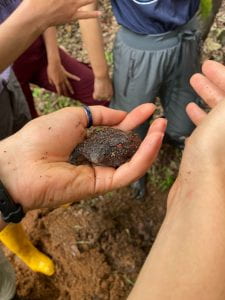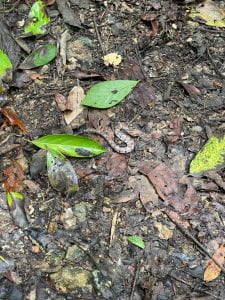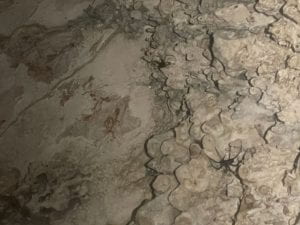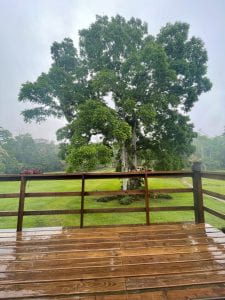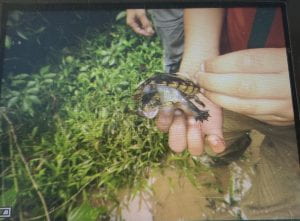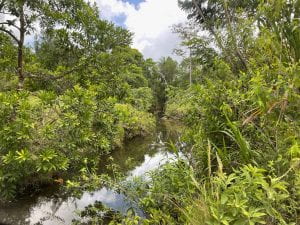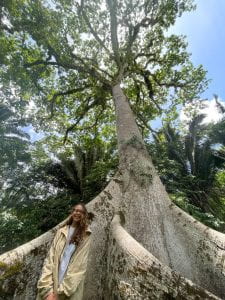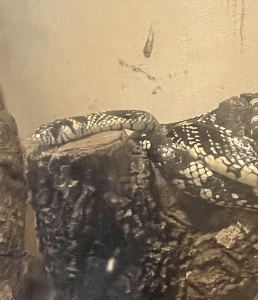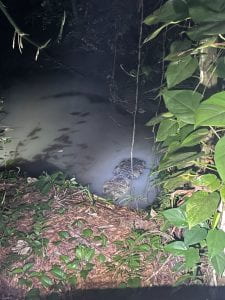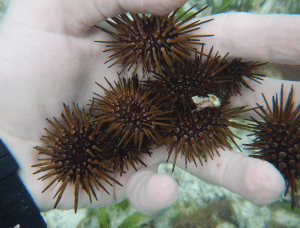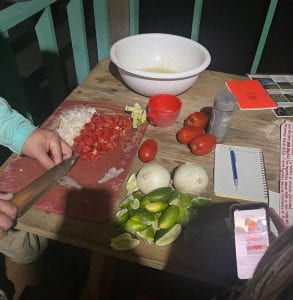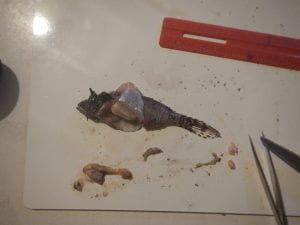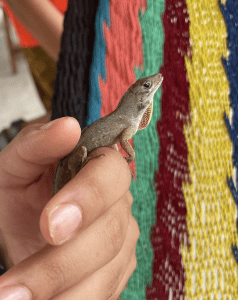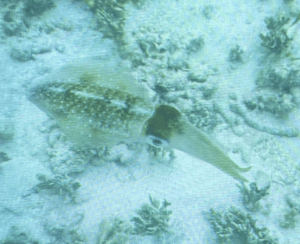My day started by being woken up to someone shouting “SCARLET MACAW!” Naturally, I woke up and went outside to see the macaws. I also ended up seeing a toucan and many different species of parrot in the surrounding trees too.
During the middle of the day, Dyllan spotted a stick bug on the side of the cabin we were in. We picked it up, and it crawled all over us! We passed it between people and the stick bug kept wanting to climb to the highest spot it could reach, meaning it was going up and down our faces and hair. I loved this little guy (we named it Stella). He hung around on my water bottle as we watched presentations, and then he got released back outside. I’m happy to see him thriving outside, but sad to see him go.
(Stella)
This afternoon, we went out into the field to observe young and old leaf cutter ant colonies. Dr. Solomon found us a 1 year old colony (~6 in deep, ~6 in wide). Leaf cutter ants sustain themselves with a mutualistic fungus that they cultivate. Our goal was to extract this fungal garden. After about 20 minutes of digging, we found this fungus and Dr. Solomon pulled it out of the mound with a spoon. The queen ant was also on this fungus and she was HUGE.
(Leaf cutter ant fungal garden with the queen on top)
We then moved on to trying to excavate fungus from the large, old colony. This colony was multiple feet out of the ground, and is speculated to be many feet deep (10?). It had an impressive surface area with holes to intake O2 and exhale CO2 from deep in the colony. When Dr. Solomon started to dig, it took a few seconds for the soldier ants to come out, but after about a minute, they started to SWARM. It was super cool seeing how many ants could come to the colony’s defense. Eventually, Sam and Dr. Solomon dug deep enough to excavate the fungus inside which was very impressive (though super scary with so many aggressive ants trying to crawl up our boots).
The last thing we did was we went on a night hike. On this hike, we saw multiple tarantulas and large spiders, a large scorpion, many beetles and cockroaches, highly active leaf cutter ant highways with many leaves being transported, an incredibly camouflaged bird called a pauraque, and 2 anoles (one of which Dr. Evans taught me how to catch and I did!) This hike was fascinating for seeing how different a jungle ecosystem can be at night vs the day. Though we did not see any mammals, we smelled a smell likely coming from a large cat in the same area that I heard the potential puma last night!
(the silky anole Dr. Solomon caught)
(Night hiking!)
Next up… caves!
Claire C













